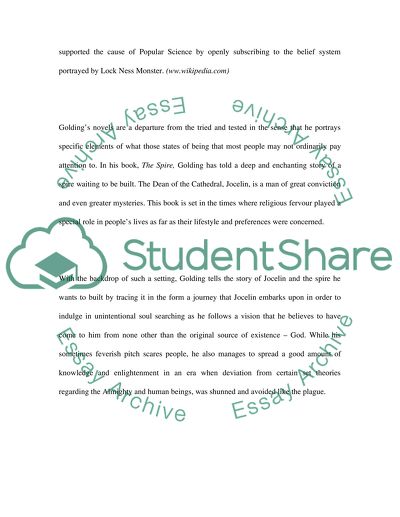Cite this document
(“A comparison of the communities in THE BELL by Iris Murdoch and THE Essay”, n.d.)
A comparison of the communities in THE BELL by Iris Murdoch and THE Essay. Retrieved from https://studentshare.org/miscellaneous/1539495-a-comparison-of-the-communities-in-the-bell-by-iris-murdoch-and-the-spire-by-william-golding
A comparison of the communities in THE BELL by Iris Murdoch and THE Essay. Retrieved from https://studentshare.org/miscellaneous/1539495-a-comparison-of-the-communities-in-the-bell-by-iris-murdoch-and-the-spire-by-william-golding
(A Comparison of the Communities in THE BELL by Iris Murdoch and THE Essay)
A Comparison of the Communities in THE BELL by Iris Murdoch and THE Essay. https://studentshare.org/miscellaneous/1539495-a-comparison-of-the-communities-in-the-bell-by-iris-murdoch-and-the-spire-by-william-golding.
A Comparison of the Communities in THE BELL by Iris Murdoch and THE Essay. https://studentshare.org/miscellaneous/1539495-a-comparison-of-the-communities-in-the-bell-by-iris-murdoch-and-the-spire-by-william-golding.
“A Comparison of the Communities in THE BELL by Iris Murdoch and THE Essay”, n.d. https://studentshare.org/miscellaneous/1539495-a-comparison-of-the-communities-in-the-bell-by-iris-murdoch-and-the-spire-by-william-golding.


